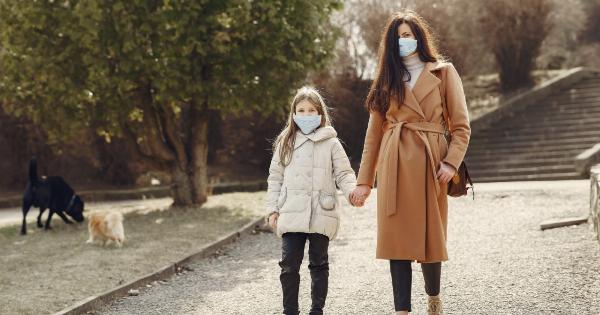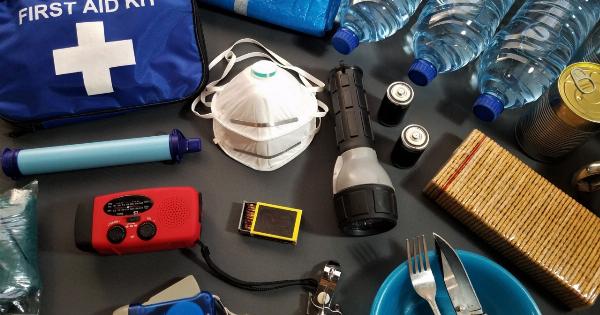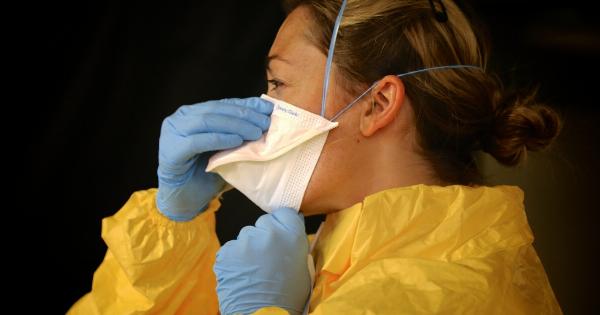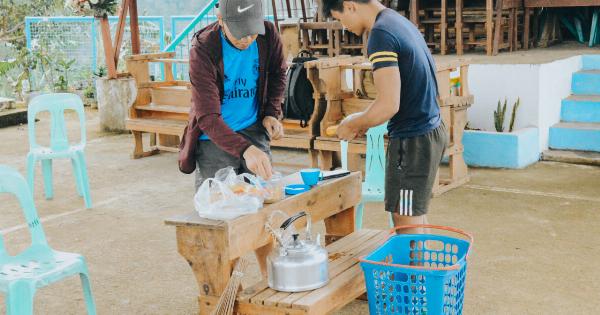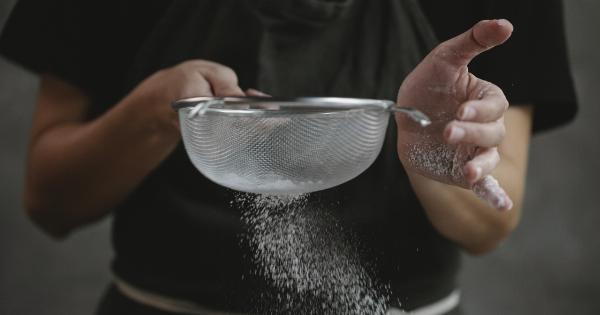Staphylococcus is a type of bacteria that is commonly found on the skin and in the nose of many people. While these bacteria are usually harmless, they can sometimes cause infections when they enter the body.
This article will discuss the modes of transmission and prevention of staph infections.
Modes of Transmission
Staph bacteria can be transmitted in a variety of ways. Some of the most common modes of transmission include:.
- Contact with skin – Staph bacteria can be spread through direct contact with an infected person’s skin, as well as through contact with objects or surfaces that have come into contact with an infected person’s skin.
- Nasal carriage – Many people carry staph bacteria in their noses without developing an infection. However, in some cases, the bacteria can enter the body through the nasal passages, causing an infection.
- Contaminated food – Staph bacteria can also be spread through contaminated food. This often occurs when food is not cooked or stored properly, allowing the bacteria to grow and multiply.
- Surgical wounds – Staph bacteria can also be transmitted through surgical wounds or other types of wounds. This is why it is important to properly clean and care for wounds to prevent infection.
Prevention
Fortunately, there are several steps that can be taken to prevent staph infections. Some of the most effective prevention methods include:.
- Washing hands – Regularly washing your hands with soap and water is one of the best ways to prevent the spread of staph bacteria. This is particularly important after coming into contact with someone who has an active infection.
- Cleaning surfaces – It is also important to regularly clean surfaces that come into contact with skin, such as countertops and furniture, to prevent the spread of staph bacteria.
- Cooking food properly – Cooking food to the appropriate temperature and storing it correctly can help prevent the growth of staph bacteria and other harmful germs.
- Cleaning wounds – Properly cleaning and caring for wounds can help prevent staph infections. This includes washing the wound with soap and water and applying a clean dressing.
- Using antibiotics – In some cases, antibiotics may be used to treat staph infections. However, it is important to use these medications only as directed by a healthcare provider and to complete the entire course of treatment.
Conclusion
Staph infections can be unpleasant and sometimes even dangerous. However, by taking steps to prevent the spread of staph bacteria, such as washing hands regularly and properly cleaning wounds, the risk of infection can be greatly reduced.
If you do develop a staph infection, it is important to seek medical attention promptly to receive appropriate treatment.


